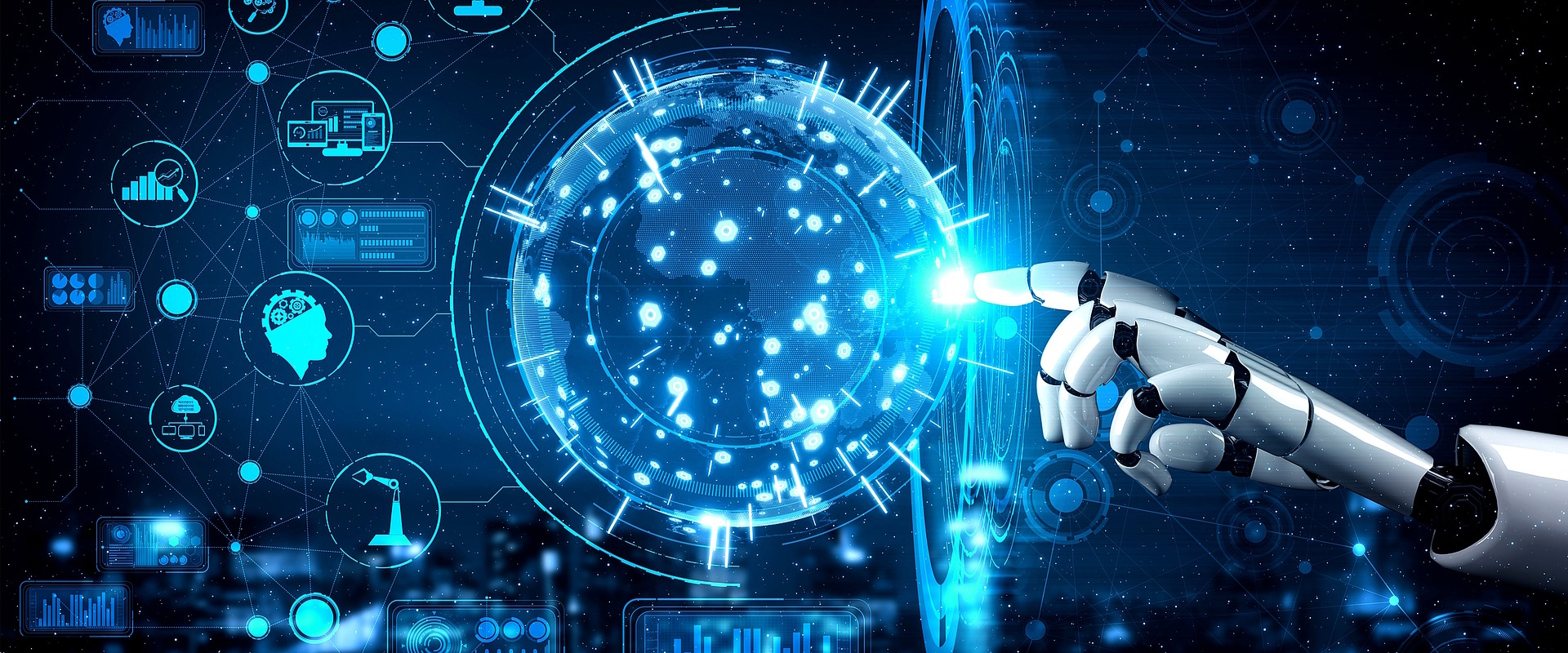
We will be able to drive safely in darkness in the near future, thanks to a technology that was developed for autonomous driving (car driving without human involvements). A company based in the USA has announced some success recently, though it admitted there was a fair bit to go such as estimating the distance of the object which is very important for driving and braking.
The base technology is thermal camera imaging which has been used by the military, law-enforcing and rescue parties for quite a long time. Thermal imaging was able to see human hiding in a bush, for example, because human bodies radiate heat waves in infrared corresponding to the human body temperature of around 36.5C which is different to the bush and environment. Very little progress further to human detection has been made until recently when artificial intelligence (AI) is more mature.
There are 3 categories of AI applications in simple terms: languages, images, and others. We have read about the big jump of language AI maturity recently (as in ChatGPT). Driving safely in darkness is in the images application category based on mainly the technology of Convolutional Neural Network (CNN). Using AI, objects in darkness can be identified by the car driver assisted with thermal imaging as children, adults, deer, traffic cones, and so on. It does not propose to have exhausted the full strength of AI but is a good start to save life.
Detection range is another issue. Traditionally we rely on Radars (Radio detection and ranging) to provide the range estimation on top of object detection (not recognition). Recently Lidars (Light detection and ranging) become the best tool but remain expensive as of today.
When the thermal technology is developed further to include range detection, it will be incorporated in PAEB (Passenger and Emergency Brake) System in the car to meet autonomous driving Level 4 criteria prescribed by the US-based SEA International, formerly known as the Society of Automotive Engineers. Ref: Full autonomous driving requires Level 5 criteria to be satisfied.
Although the technology reported here is incremental and not groundbreaking, it has taken quite a while to happen. Autonomous Driving is the motivation. Human Driving is the beneficiary. We will likely see more incremental automation technologies turning up on the horizon at a higher pace than before. We are firmly in the Data Era of the Industrial Age.
Thermal cameras are not on the Compucon technology roadmap for the immediate future. It is because Compucon focusses on buildings and campuses which do not have the same level of desire for thermal imaging as for driving. True or not? When the price of thermal cameras comes down, static thermal applications will emerge and Compucon will be among the forerunners.
Download this document:
Please note: To download this document, you require to be logged in as a SUBSCRIBER.
